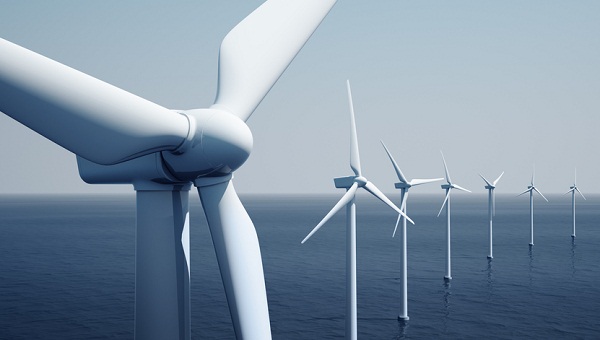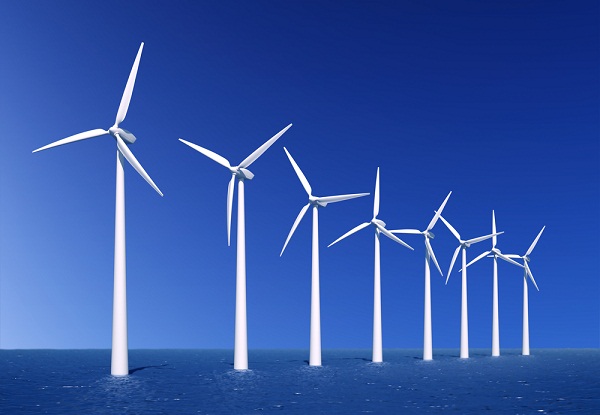Though the Cape Wind project off the Massachusetts coast caused an uproar, offshore wind developments have been catching a second wind.
U.S. Department of Energy (DOE) Secretary Steven Chu this month unveiled a six-year, $180 million offshore wind initiative that will fund four demonstration projects. The first $20 million will be available this year in an effort, the DOE said, to maximize the country’s renewable energy resources.

According to the DOE, the U.S. has an estimated 4,000 gigawatts (GW) of offshore wind potential in coastal regions of the Atlantic and Pacific oceans, the Great Lakes and the Gulf of Mexico. The four government funded projects will focus on research and development of offshore wind energy and will include a study of cost, construction, grid connection and permitting of offshore turbines. The DOE said it will also explore the possibility of a coherent federal government offshore wind strategy.
It will be interesting to see if the DOE’s work can help motivate the U.S. to develop a coherent energy strategy for other renewables as well. One of the biggest obstacles the country faces, according to many experts and leaders in the energy industry, is a lack of a coherent energy policy. Many of the incentives, including cash grants and tax breaks, have been provided in seemingly spontaneous spurts that seem to lack an overall coherency. Developers may begin construction of a project with the promise of tax breaks only to find out several years later, when the project is completed, that the incentives have expired.
Even more problematic, investors have been wary of many renewables developments because the tax incentives are so unpredictable. What will be a lucrative investment in one year, may be a risky one without grants or tax breaks.
In the case of offshore wind, transmission lines are one of the biggest challenges developers face. With turbines miles out at sea, building transmission can be extremely costly and complicated. Before developers can build turbines, utilities will need to build transmission. But no one will build transmission without the assurance there will be power to carry. It’s the old chicken-and-egg question, playing out in the energy realm, and can only be solved with good oversight and clear planning.

If the DOE gets its right with offshore wind, it will be intersting to see if the leaders can also be convinced to think strategically about where the U.S. is going on nuclear, coal, natural gas, solar, geothermal and onshore wind power. With adequate planning, good infrastructure can be ready in advance to absorb new kinds of electricity generation and maximize already existing resources.
The funding for the four offshore wind installations will be offered to the winning bidders and will provide then with up to 80 percent of their project’s design and up to 50 percent of the projects hardware and installation costs. Letters of intent for the first cycle of funding are due March 30. Applications are due May 3.